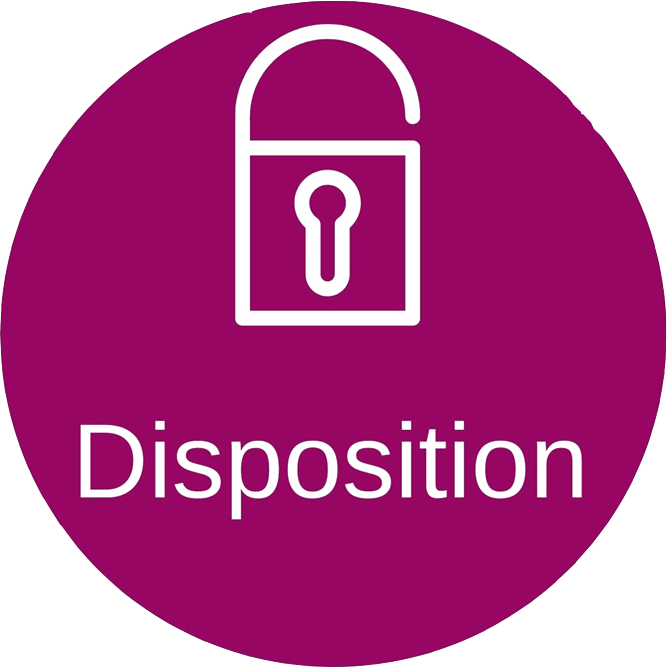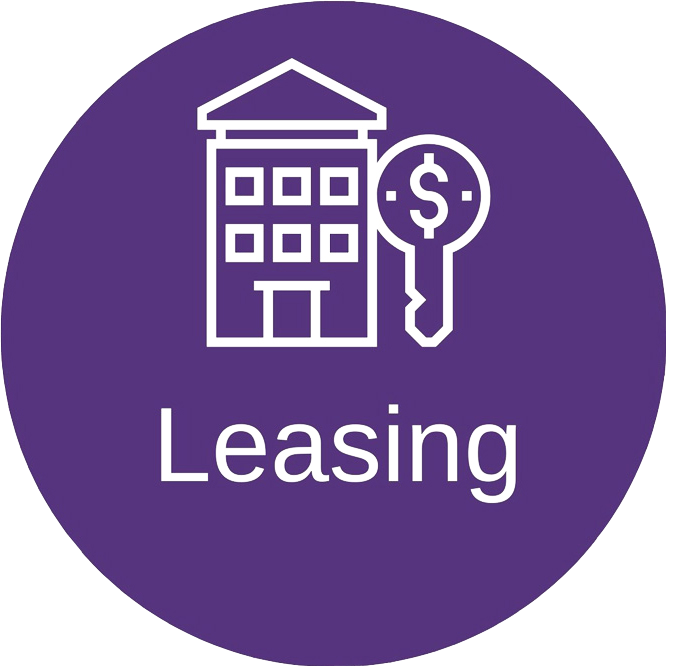
Commercial Real Estate Sales Surge 22% In 2012 As Pricing Recovery Spreads To More Markets
Commercial Real Estate Sales Surge 22% In 2012 As Pricing Recovery Spreads To More Markets
CRE Sales Surge 22% In 2012 As Pricing Recovery Spreads To More Markets – CoStar Group.
Aided By Improved Liquidity and Buoyed By Improving Conditions, Investors Move Into Other Property Types and Into More Markets Driven by Multifamily Gains.
Sales of U.S. commercial real estate reached nearly $64 billion in 2012, jumping 22% from the previous year to the highest annual total since 2004, according to the latest findings from the CoStar Commercial Repeat Sale Indices (CCRSI).
The analysis of sales data through December caps a year in which the recovery in CRE pricing rippled beyond the apartment market into office, industrial and even retail property, to a greater or lesser extent. Meanwhile, the level of distressed property sales fell to just 11.5% of transactions noted in December 2012, the lowest level since the end of 2008, which also helped put a solid foundation under prices.
Even commercial land prices showed signs of recovery in the last quarter of 2012, mostly due to strong developer demand for apartment sites. The CCRSI Land Index gained 3.6% in the last quarter of 2012, although it still remains 39.9% below the frothy December 2007 peak.
Capping a steady increase over the past four years, sales activity spiked in December as investors hustled to close deals prior to year-end, driven in part by concern over anticipated tax hikes and the restoration of previous tax rates for capital gains.
Pricing and market fundamentals of larger, more expensive Four- and Five Star office, apartment and big-box warehouse properties located in prime markets were the first to recover. With increased competition and smaller yields now found in the upper end of the market, however, gains in the value-weighted U.S. Composite Index — which began earlier in the recovery — are expected to moderate after years of stronger gains relative to smaller and lower-end properties, represented by the equal-weighted U.S. Composite Index.
Investment momentum now appears to be shifting to the broader market dominated by smaller, less-expensive properties. The value-weighted U.S. Composite Index gained 4.3% year-over-year gain in December 2012, slowing from the double-digit growth rate throughout 2011.
Year-over-year growth in the equal-weighted U.S. Composite Index took off in the second half of last year moved up to 8.1% for 2012.
“Taken together, the two trends signify that investors are moving beyond core properties and driving up pricing at the lower end of the market,” Dr. Ruijue Peng, author of the CCRSI, validating data and insights presented during the company’s fourth-quarter and yearend 2012 review and outlook for each of the major property types.
While the single-family housing market’s burgeoning recovery has grabbed the headlines of late, the apartment sector has led the recovery in commercial property pricing in terms of both timing and magnitude.
The brisk pricing gains in apartments — where the multifamily property index advanced by 11.2% in 2012, with the 10 markets in the prime multifamily index again hitting pre-recession peak pricing well ahead of the other major property types – attracted developers and millions of dollars in investment to respond to the increased demand and limited supply.
Developers delivered double the number of new multifamily units in 2012 than in the previous year, and construction in 2013 is on pace to bring an bigger increase. Further pricing gains are needed in other property types before we see significant development in the office, industrial or retail sectors, however.
“As the pricing recovery expands beyond multifamily, this sector’s stellar pace of growth is beginning to moderate,” Peng said. The multifamily sector recorded only a 1.4% gain in the fourth quarter, the lowest percentage increase among all major property types, even though annual pricing gains for the apartment sector topped all others.
As multifamily prices soared higher, the end of the year saw more investor capital pushed into other property types in search of higher yields. Pricing gains have proven to be more robust in the core office coastal metros and in tech-centric markets than in the overall market, with the Prime Office Index advancing by 14.4% for the yearend in December 2012 while the broader office index expanded at a more modest 4.6% pace.
The Industrial Index, the only major property type index to continue to post mild pricing losses into early 2012, also saw pricing pick up by the end of the year. The pricing recovery among industrial property so far has centered on big-box distribution facilities in primary logistics hubs, as seen in the 20.4% increase in the Prime Industrial Metros Index for the year, while the broader industrial property type index advanced just 8% from a year ago.
While retail investors remain cautious, pricing rose by 6.8% during the year ended December 2012, according to the quarterly CCRSI results. The retail prime markets index advanced by a stronger 15.7% over the last year indicating, investors may yet still be hesitant to venture too far out on the risk
The Hospitality Index also made promising gains last year, increasing by a cumulative 22.2% in December 2012 since December 2011. The sector was slow to recover after suffering the steepest cumulative price losses among all the property types.
Among CCRSI’s four major U.S. regions, the West Composite Index was the only region with negative quarterly pricing movement in the fourth quarter. Despite a 1.1% decline in the last three months of 2012, the West had the strongest recovery on an annual basis, rising 9% in 2012.
The Northeast region, which led the CRE pricing recovery for the past two years thanks to its above-average concentration of prime markets, saw its pace of improvement slow as pricing recovery expanded from core coastal markets to second-tier metros. The Northeast region posted the slowest annual gain of 5.5% over the last year.
The CCRSI South Composite Index continued a moderate pace of recovery at 6.7%, led by strong performance in the industrial and multifamily sectors, while the Midwest Composite Index expanded in the last half of the year, advanced by a cumulative 6.5% in 2012, led by exceptional increases in the office and multifamily.



